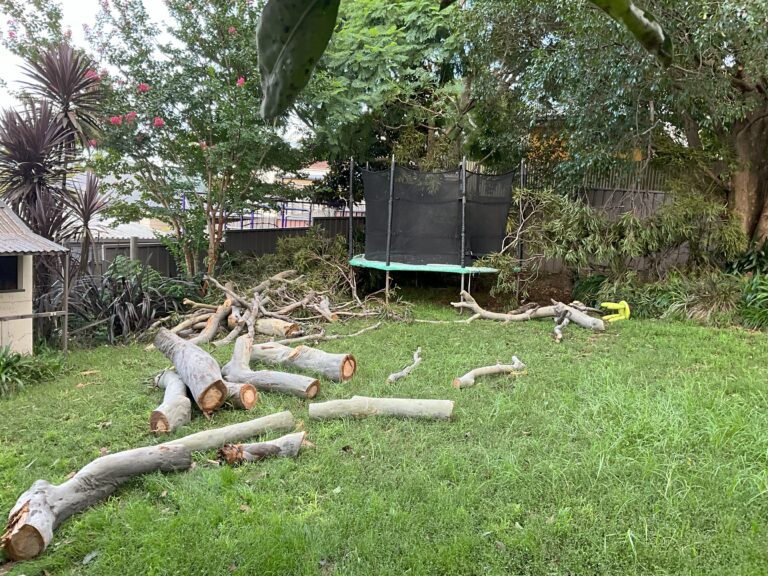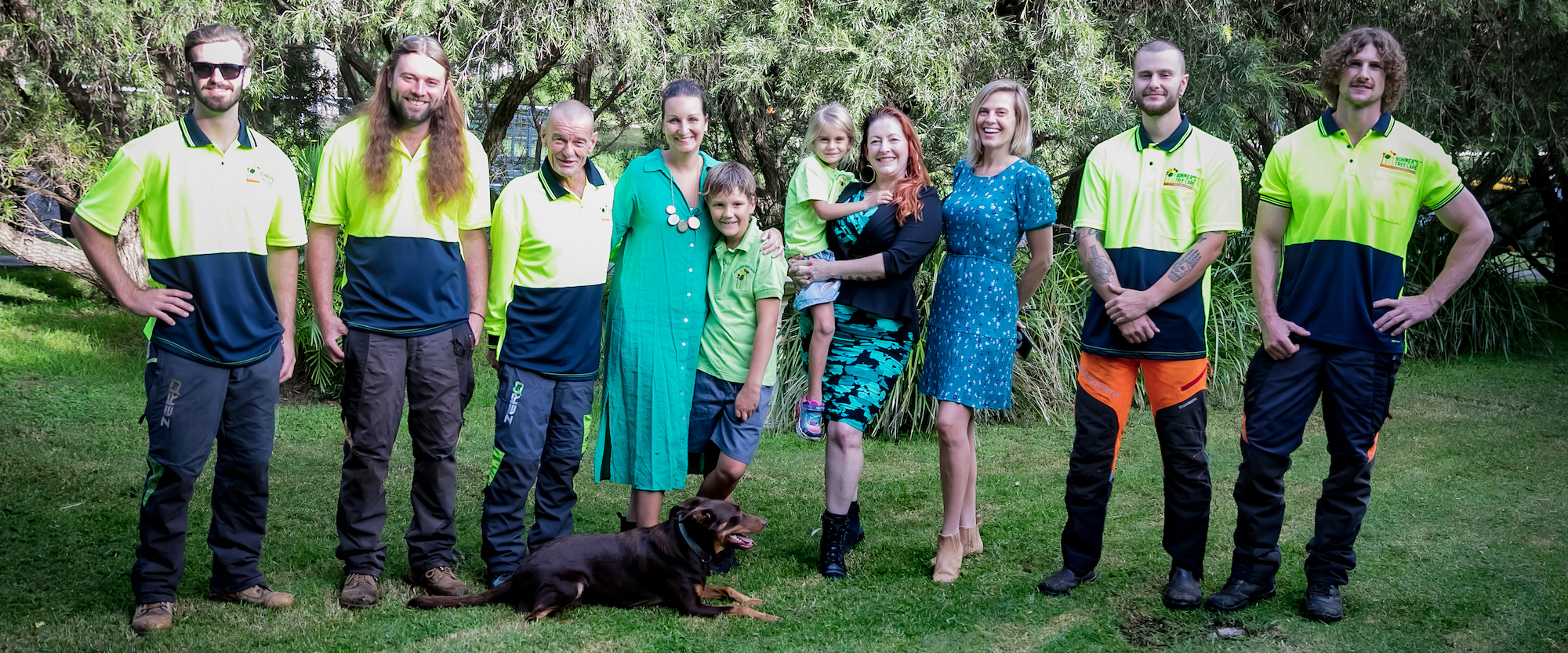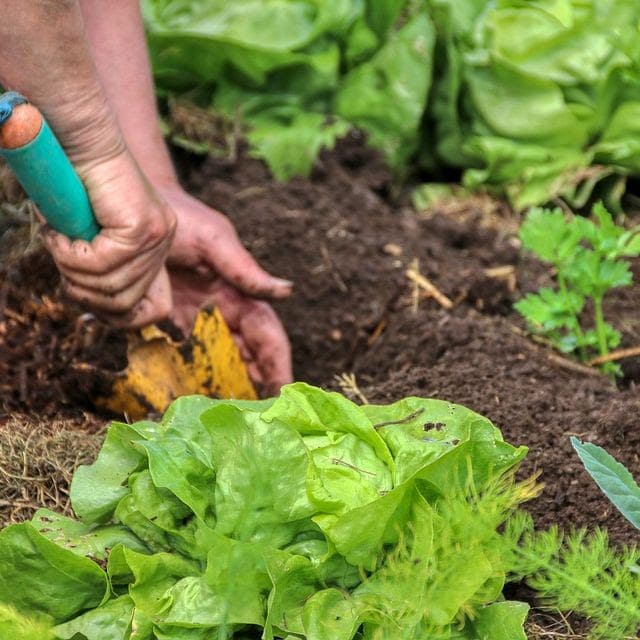



Bohmer’s Tree Care is an innovative and award-winning, locally owned family business with over 30 years international arboriculture experience.
We pride ourselves on providing clients with modern, professional and safe arboriculture services to the highest of industry standards.

We service Private, Public, Govt & Strata Properties from Sutherland to Shoalhaven
Contact Us to see if we service your area









How good are community gardens?! Since Covid created micro communities

Teaching why trees matter: Bohmer talks education, environment and the

Were you caught up in the buzz amongst the huge


